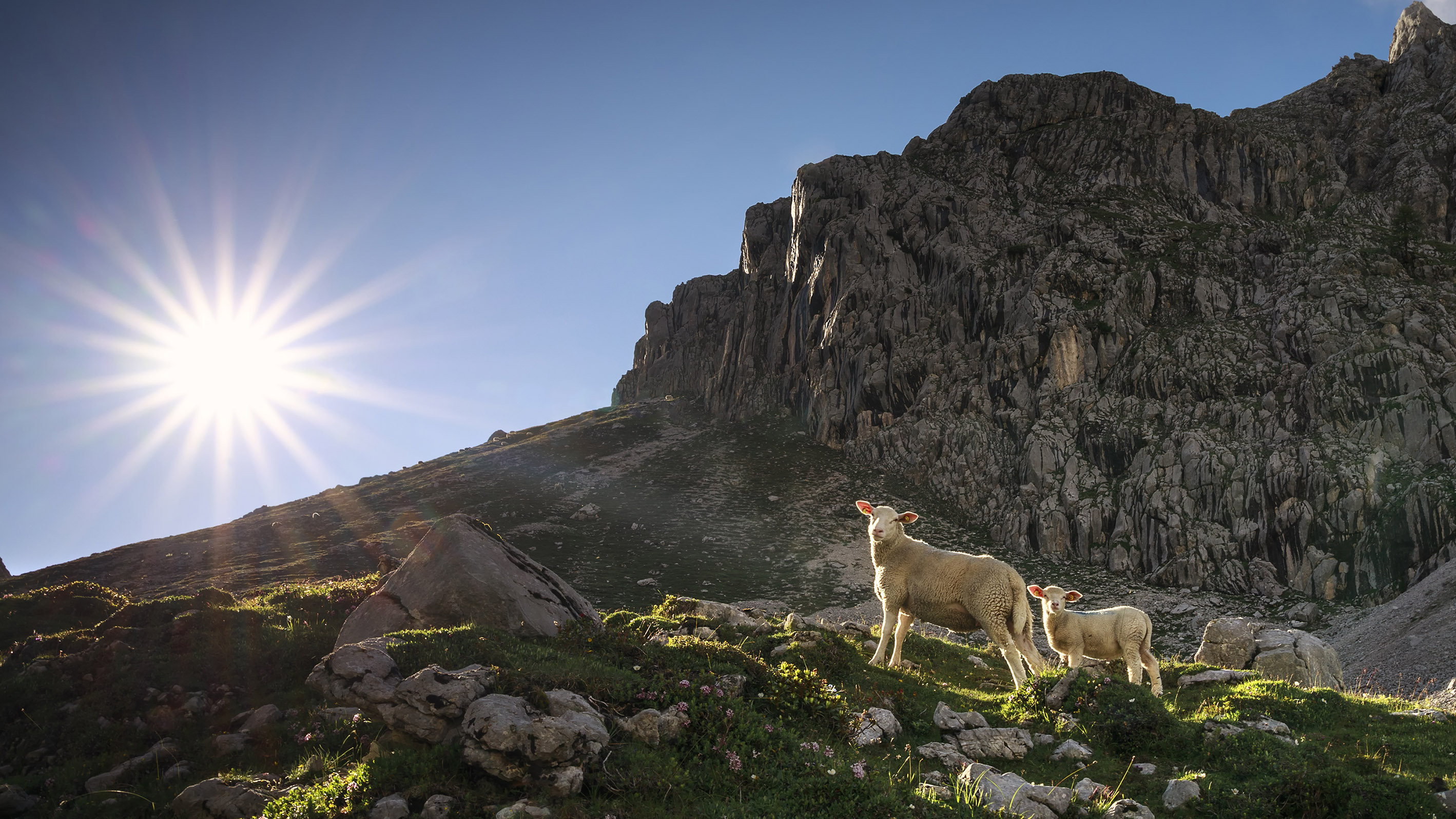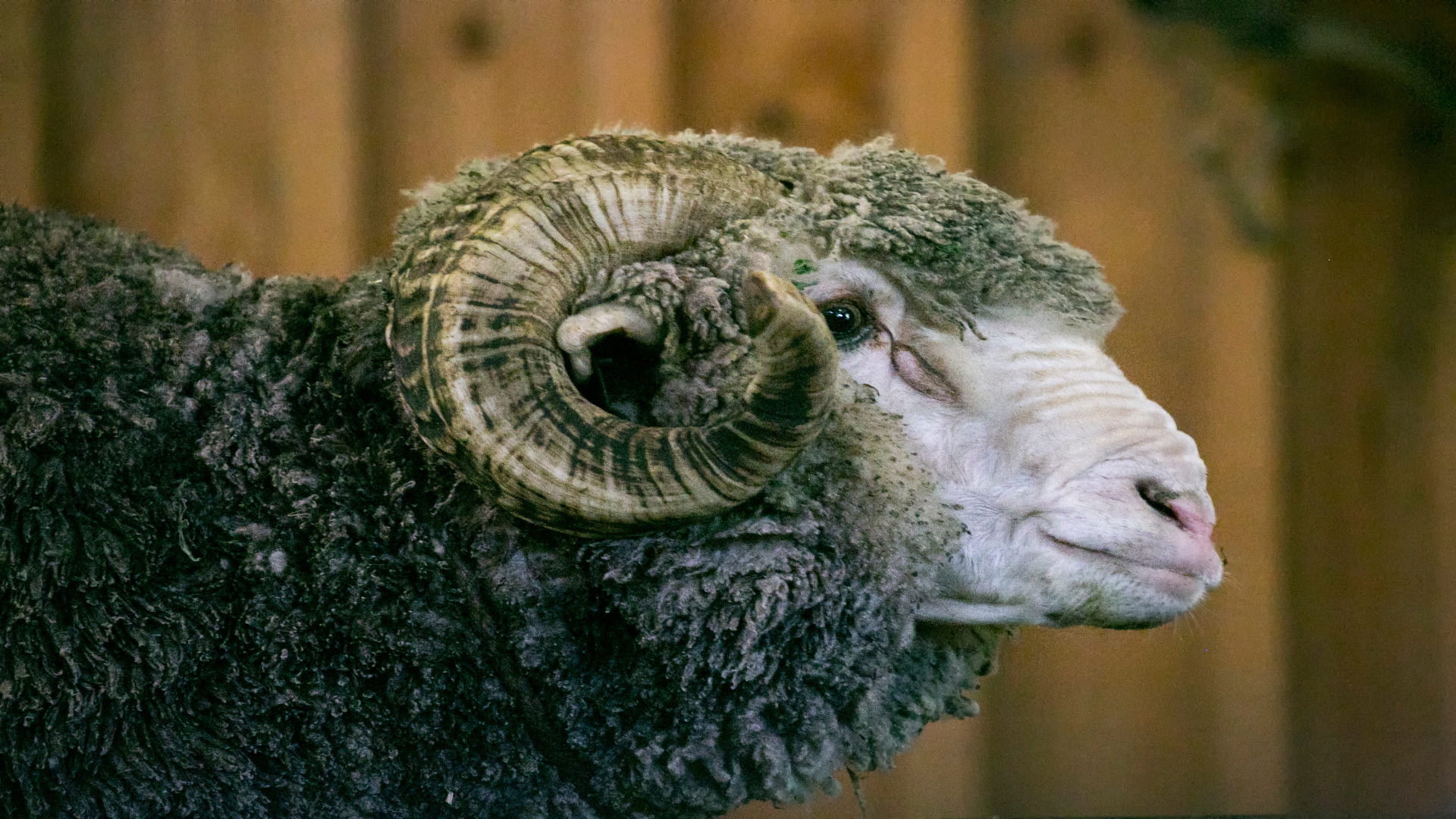What is Merino wool? An introductory guide to the wonder fabric of the outdoor clothing industry
We answer the question: what is Merino wool? We look at how merino has become the crème de la crème of of base layer fabrics

What is Merino wool and how has it penetrated so far into the consciousness of hikers and other adventurers that they wouldn’t dream of setting off on an expedition without it?
While other wool products have enjoyed small amounts of success as a fabric of choice for outdoorsy folk, detractors would often point to their itchiness and the fact that their threads looked like something knitted up by grandma. Merino blew all of that apart, rising to prominence as an individually superb fabric. The black sheep of the wool world, if you will.
Merino wool’s meteoric rise looks set to continue and it has many benefits over its synthetic rivals, like nylon and polyester. For a start, its warmth-to-weight ratio is impressive, it insulates when wet and it repels odors wonderfully, something your backpacking buddies will be thankful of during long expeditions. Other woollen rivals have begun to rear their heads, following merino’s thread, as it were. Yak wool products have started to appear on the market and who knows what other competition merino might face up against in the near future.
However, for now, Merino is the toast of the town, the stuff that the majority of the best base layers are made of. So, what is so special about the sheep that merino is sourced and what is it that makes this wool variant such a miracle fabric?
What is merino wool? A short history
Merino wool is a natural fiber produced by Merino sheep, a hardy breed famed for its ability to survive and thrive in extreme climates – and also for its fine, soft, and delightfully non-itchy wool. Merino sheep are, compared to other breeds of domestic sheep, rather quirky looking beasts, boasting weathered-looking, wrinkly hides not entirely dissimilar to those of Shar Pei or Chow Chow canines. The males also boast large, recurved horns not unlike those of an ibex.
Contrary to popular belief, Merino sheep originated in Spain. So adored was the species by the Spaniards that, prior to the 18th century, exportation of the sheep from the country was punishable by death, but this all changed in 1765, when Spain’s King Carlos III sent a flock of his prized yarn-yielders to a high official in Saxony, thus instigating the diaspora that saw Merinos spread as far and wide as Australia, New Zealand, Argentina, Chile, South Africa, and the US, where they established a sizable colony in Vermont.


A few fun merino facts
- A British embargo on wool exports to the U.S. before the American War of 1812 led to a "Merino Craze" in the US, during which thousands of Merino sheep were imported stateside from Portugal
- Australia imported its first Merino sheep around 1800, and by 1901 there were a whopping 72 million sheep in the country (at a time when the human population was under 4 million)
- In the 1840s-60s, New Zealand imported thousands of Merino sheep from neighboring Australia, and from Germany, France, Britain and the US. Nowadays, there are 26 million sheep in New Zealand, 3 million of which are Merino
- The world record price paid for a Merino ram was A$450,000 (around $350,000 USD) in Adelaide, South Australia in 1988
- Every year in March the city of Armidale, New South Wales, hosts its Annual Wool Fashion Awards, which showcase the top uses of merino wool in the world of haute couture

Why merino is a “wonderwool”
But what is Merino wool to adventurers. Why is it so prized? What is it about Merino that makes it such a shoo-in for outdoor adventures like hiking, camping, and trail running?
All the latest inspiration, tips and guides to help you plan your next Advnture!
All about comfort
Unlike other varieties of wool, Merino is ultra-fine, superbly soft, and comfortable to wear against the skin. The reason for this is that a single fiber of Merino wool can have a diameter of as little as 11 microns, which is about a third of the diameter of a human hair. This slender profile means that, unlike traditional wools, it bends – rather than pokes and prickles – when coming into contact with your skin.
All-season awesomeness
Performance-wise, Merino is pretty much the Holy Grail of outdoor fabrics. While all other fabrics are more suitable in certain conditions than others (down, for example, excels in cold, dry conditions, but is a shoddy performer when it’s damp), Merino helps regulate body temperature in both warm and cold conditions (more on this in our guide to Hiking layers). When it’s cold out, the crimps in Merino’s fiber trap in body heat, keeping you warm. In warm weather, it lets your body breathe and wicks sweat away from your skin quickly, which helps you stay cool and dry.
While synthetics like nylon and polyester are dubbed “high-wicking” by their makers, the way in which they do their wicking makes a huge difference. Merino wool is porous, boasting – in non-technical parlance – gazillions of tiny little holes between fibers through which your sweat can pass as a vapor (this is covered in more detail in Breathability ratings explained). Synthetics fibers, on the other hand, soak up the sweat as a liquid before using your body heat to evaporate it, which slows the whole wicking process down and can leave you feeling fairly moist for the duration of your hike/run/bike.
It’s odor-resistant
Without wishing to “hate” too much on synthetic fabrics, there’s no denying their tendency to acquire a potent pong whenever you’re working up a sweat. Merino wool, on the other hand, is naturally odor-resistant – instead of creating a breeding ground for pong-producing bacteria, the lanolin wax contained within Merino’s fibers actively inhibits bacterial accumulation. This means you can wear Merino wool garments for longer between washes without having to worry about them harboring foul and funky odors. If only it were the same for your best hiking shoes...
It's a natural, renewable fiber (and biodegradable to boot!)
Merino wool is made of proteins that are composed of amino acids and other entirely natural compounds. And because wool is to a sheep what the hair is to your head, it is a fully renewable resource – one Merino sheep, in fact, can produce around 5 lbs of the stuff per year. Unlike countless other fabric types, merino is also an ethical choice as regards environmental friendliness – thanks to its protein-based composition, it biodegrades after about a year in the ground.
Former Advnture editor Kieran is a climber, mountaineer, and author who divides his time between the Italian Alps, the US, and his native Scotland.
He has climbed a handful of 6000ers in the Himalayas, 4000ers in the Alps, 14ers in the US, and loves nothing more than a good long-distance wander in the wilderness. He climbs when he should be writing, writes when he should be sleeping, has fun always.
Kieran is the author of 'Climbing the Walls', an exploration of the mental health benefits of climbing, mountaineering, and the great outdoors.

